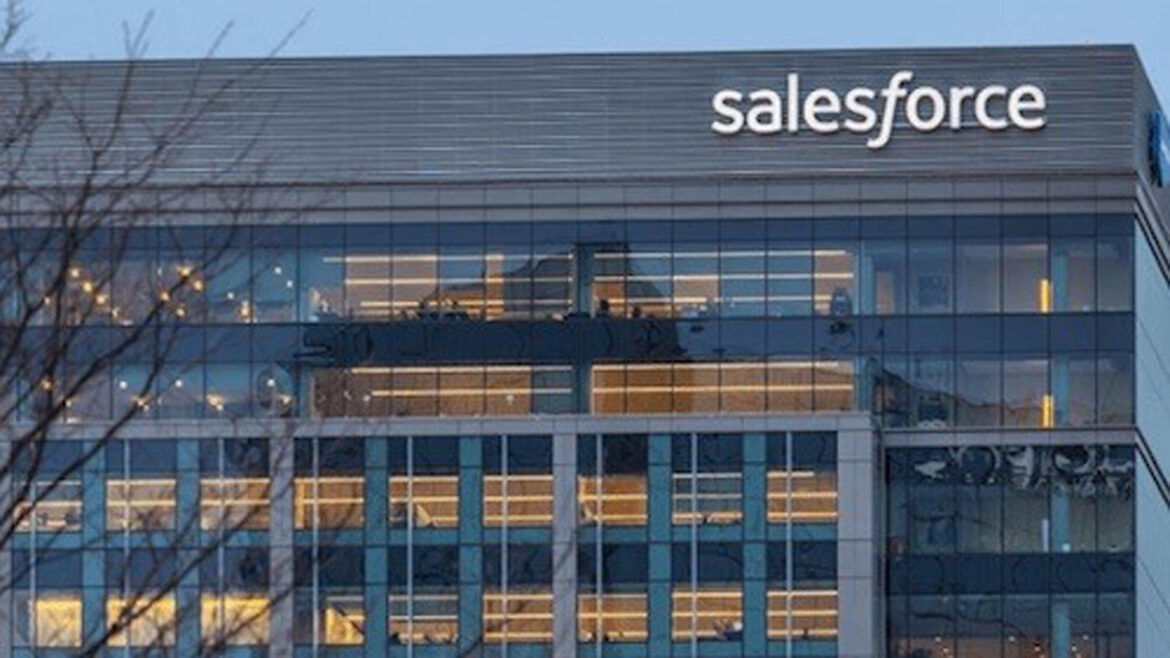Salesforce today reviewed its most prominent expectations about shoppers’ trends for the year 2024, in light of the scene that dominates shopping operations today, as shoppers have begun since the beginning of the year to search for offers and deals that allow them to purchase goods at lower prices. .
Having remained largely financially resilient over the past four years, consumers have recently become financially strapped, due to persistent inflation and supply chain problems.
The first trend: Chinese shopping apps will take their share of the market
Consumers continue to change their shopping habits while facing continued uncertainty regarding rising prices. It seems that those days during the pandemic period when faster shipping times determined the possibility of attracting new customers have disappeared forever, as price has become the main determining factor.
Shoppers seek the best deals, as two-thirds of global shoppers indicated that prices determine their choice of where to shop, while less than a third indicated that the quality of goods is the determining factor in their shopping decision. This environment is paving the way for the emergence of Chinese shopping apps, as the past six months have seen about two-thirds of shoppers make at least one shopping transaction on Aliexpress, Cider, Shein, Temu and TikTok. As for the reason for choosing these platforms, 58% of consumers indicated that these shopping sites provided the lowest prices.
Salesforce expects Chinese shopping apps to account for about $160 billion in the global e-commerce market outside China this holiday season.
The second trend: The middle stage of delivery will put pressure on profit margins
Although the crisis of delayed e-commerce goods in 2020 may seem like it is a bit of a distant past, this year presents some of its own challenges related to the logistical field. Instead of these challenges affecting the first or last stages of the delivery process, this year they will affect the middle and final stages of it. Tensions in the Red Sea and high crude oil prices resulted in higher container shipping costs around the world, which put pressure on the infrastructure for the middle stage of the delivery process during the first half of this year. In addition, the challenges of the last leg are exacerbated by accidents such as the collapse of the Francis Scott Key Bridge and high delivery costs, which delay delivery times and increase costs for retailers.
Salesforce expects to witness the current holiday seasonRetail brands spent an additional $197 billion on mid-stage delivery costs, a 97% increase over last year.
Third trend: Shoppers will rely on artificial intelligence to search for the perfect gift
Over the past few years, product recommendations and AI chatbots have made the product discovery and problem-solving process faster and more personalized for shoppers. Consumers jumped on the trend with 17% of online purchases last holiday season influenced by predictive and generative AI, and online sales totaled $199 billion worldwide during November and December. This year, consumers will increasingly employ artificial intelligence – whether intentionally or unintentionally – in order to search for the right gift at the right price, as 53% of shoppers surveyed indicated their intention to use generative artificial intelligence as a source of inspiration in choosing a gift. Idealism.
As retailers increasingly use AI in search experiences, Salesforce expects search to have a conversion rate nearly 3x better than traffic that doesn’t interact with site search.
Fourth trend: Sales Friday will turn into “Electronic Friday”
With the growth in popularity of online shopping over the past years and the ability for shoppers to make purchases from anywhere, holiday shopping is starting earlier, starting earlier in November. But holiday purchases are again concentrated during Cyber Week because shoppers are waiting to get the best deals later in the season. Last year, Black Friday recorded 4% of total holiday season sales, making it the largest online shopping day of the year.
Salesforce expects the same thing to happen to shopping in the upcoming holiday season, as two-thirds of shoppers say they will refrain from making large purchases until Cyber Week because they expect to get better offers, while 65% of shoppers indicated that sales Friday included the best discounts during the week. General.
Salesforce also expects the share of online sales to reach about 7% of on-site sales in stores during Sales Friday.
Fifth trend: Retailers are keen to maintain existing customers to avoid the high costs of digital marketing
And merchants
Attracting customers remains expensive for retailers, and in the face of a crowded selection cycle and as Chinese companies buy advertising inventory, digital marketing costs continue to rise, coupled with reduced opportunities to reach the right audience, which means that brands and retailers must ensure Their existing customer base is better engaged in the ongoing tug of war over the digital advertising space.
Salesforce expects this holiday season that 2 out of 5 purchases will be made by loyal, repeat customers.


